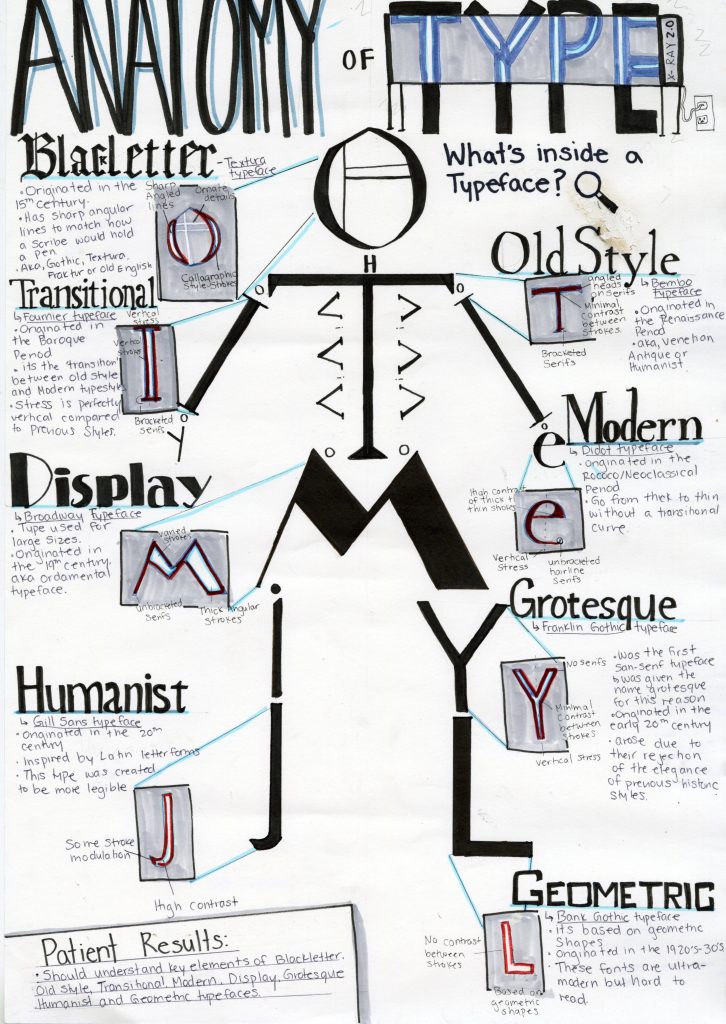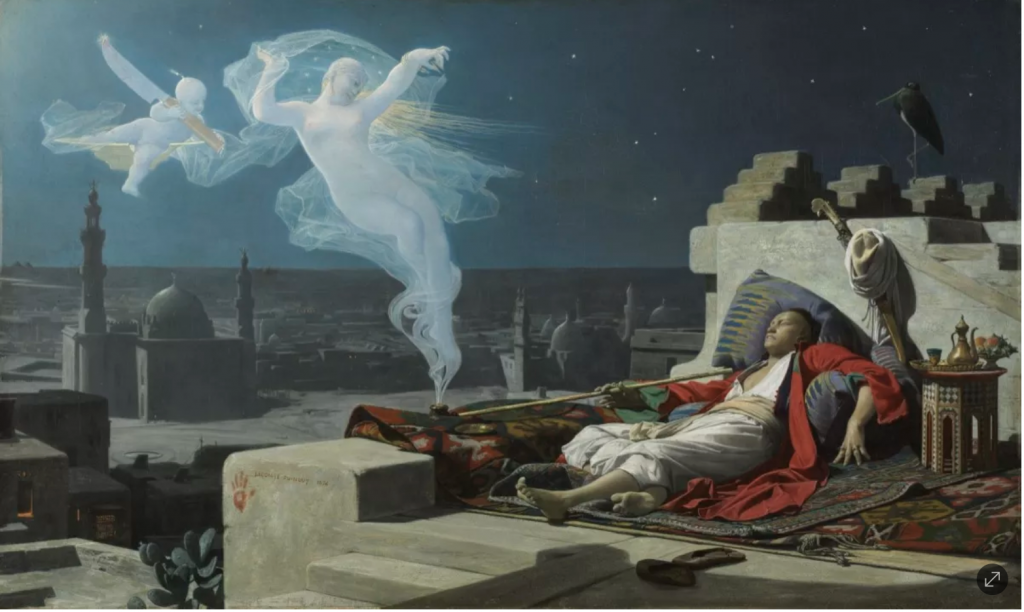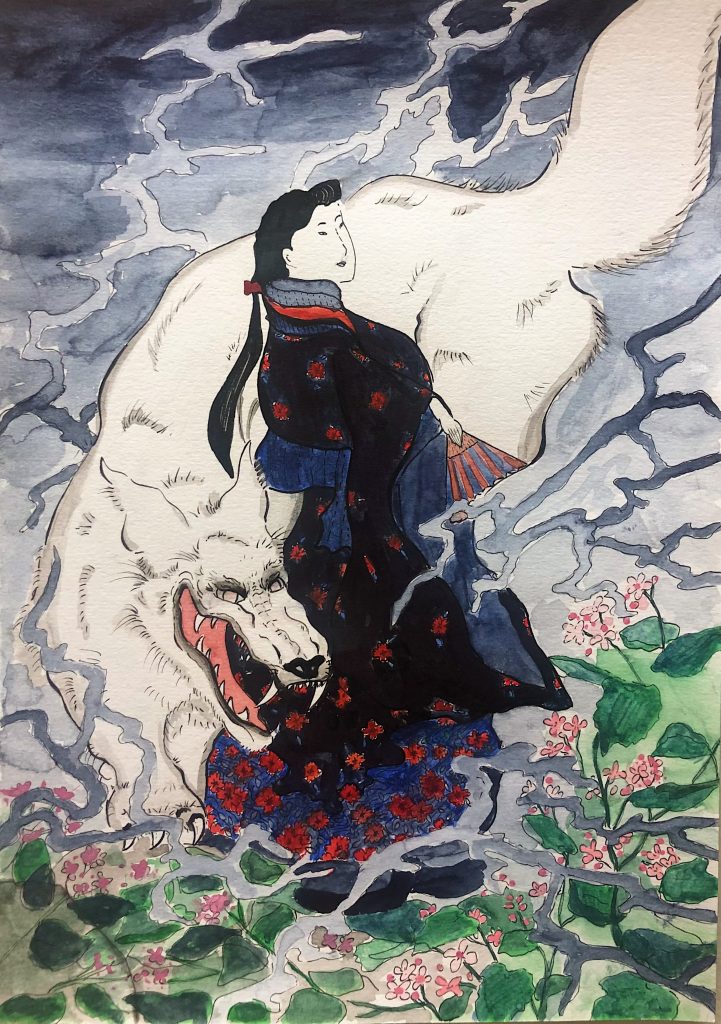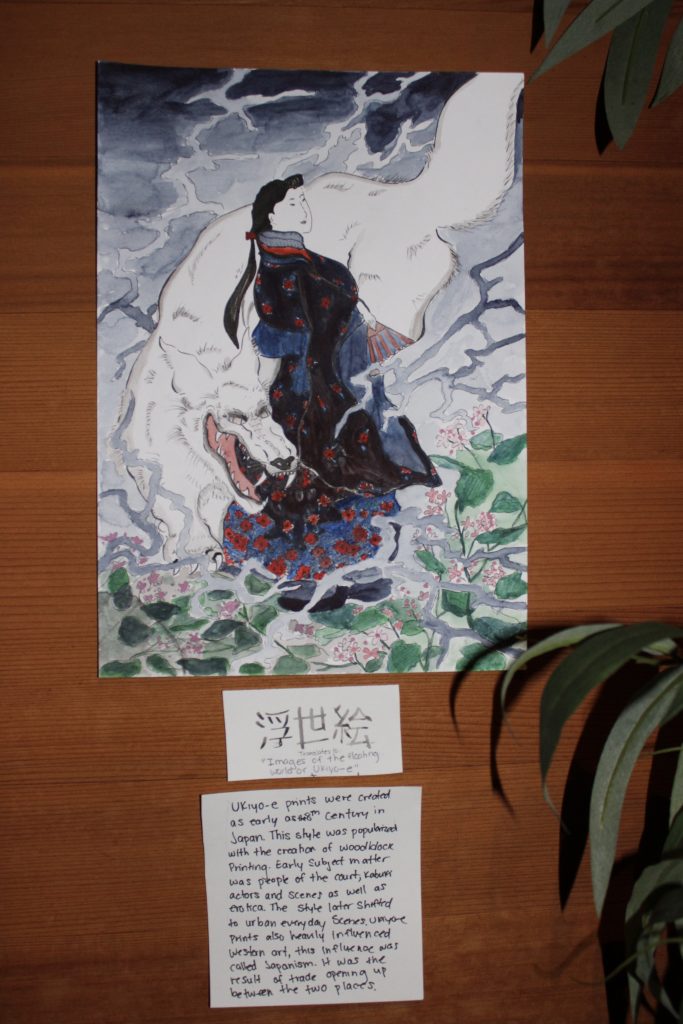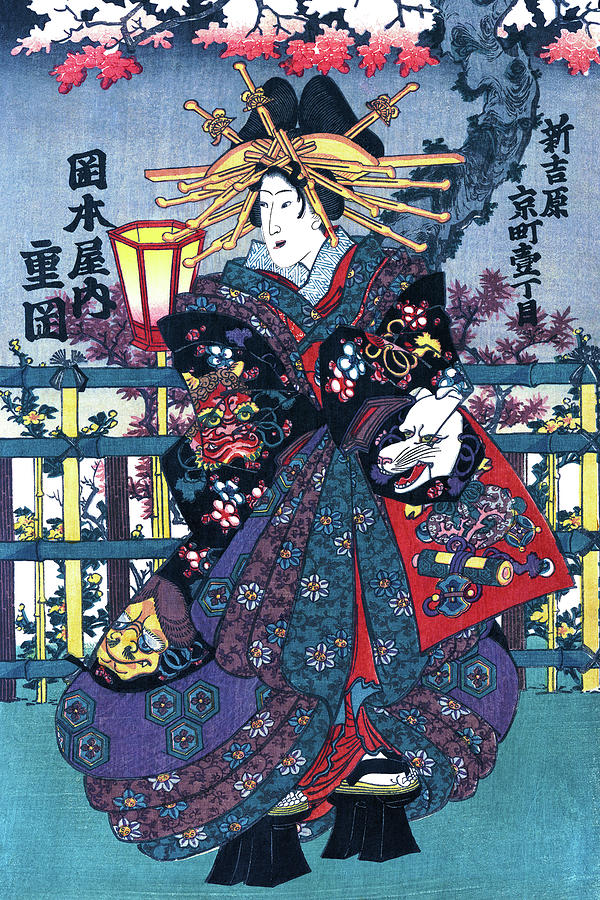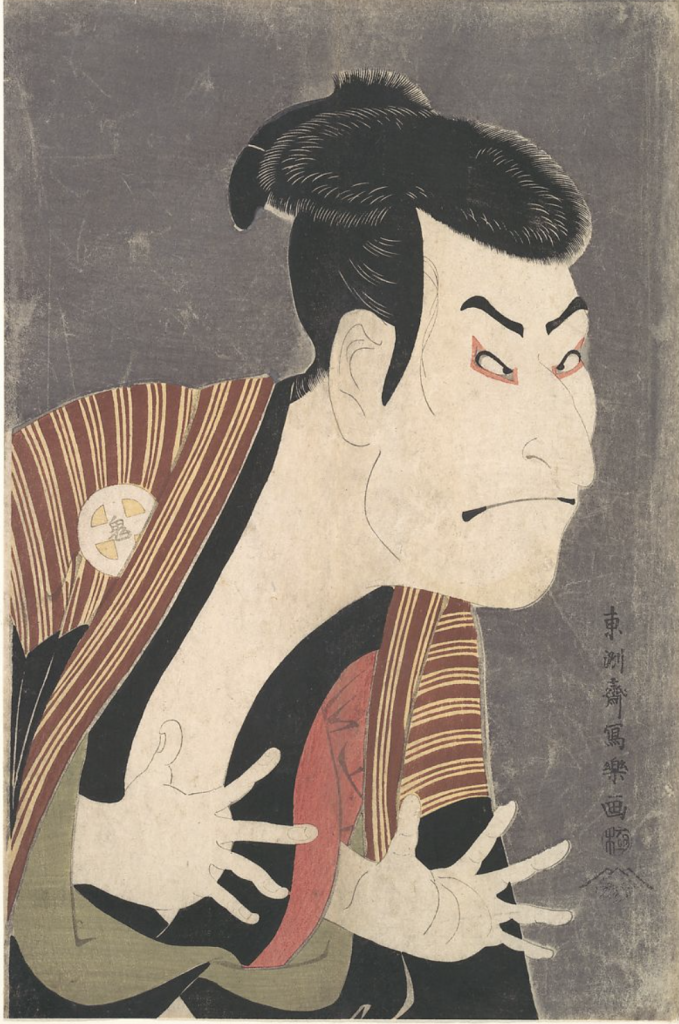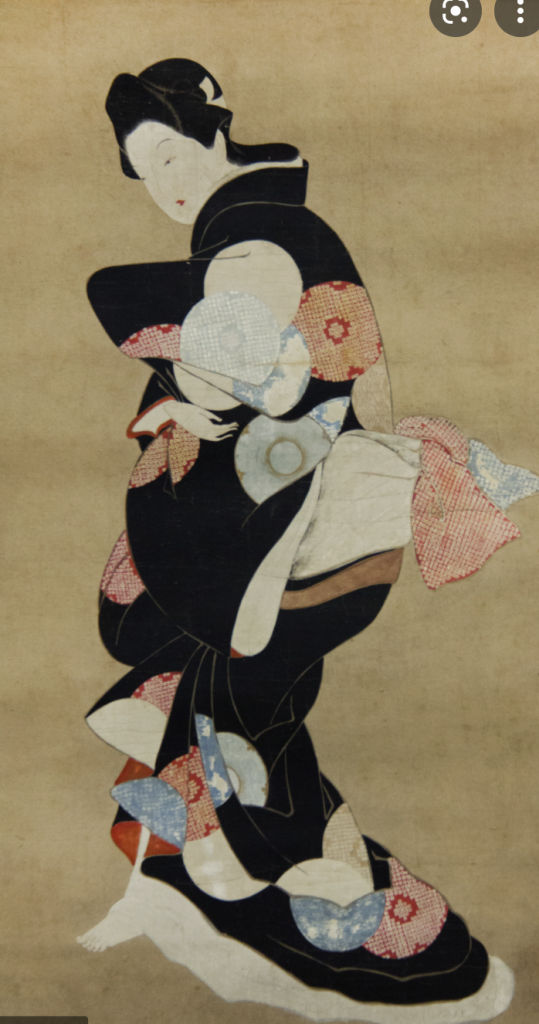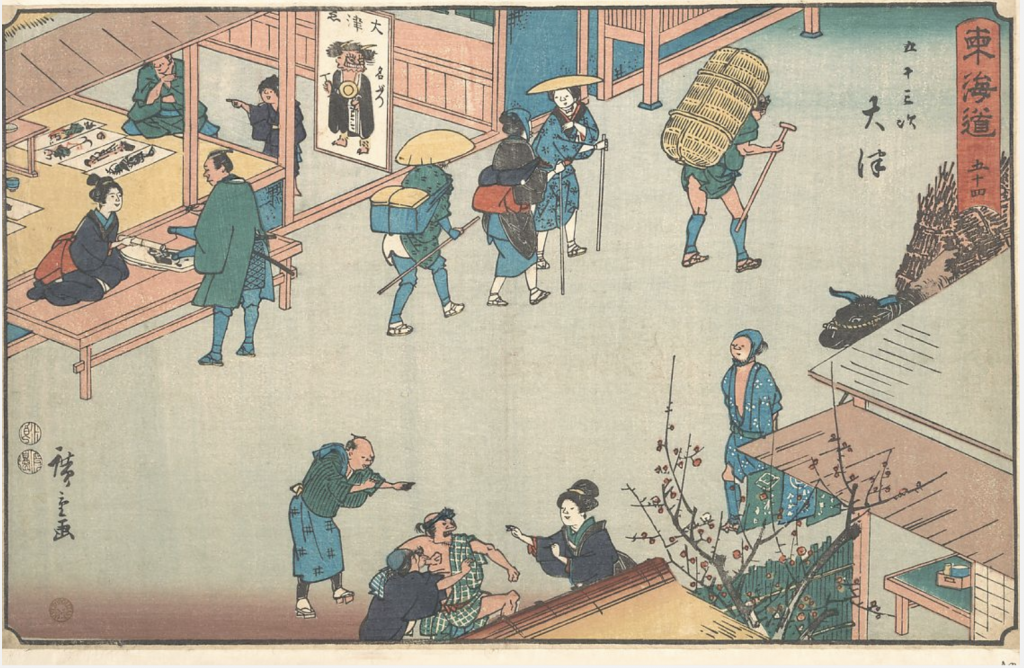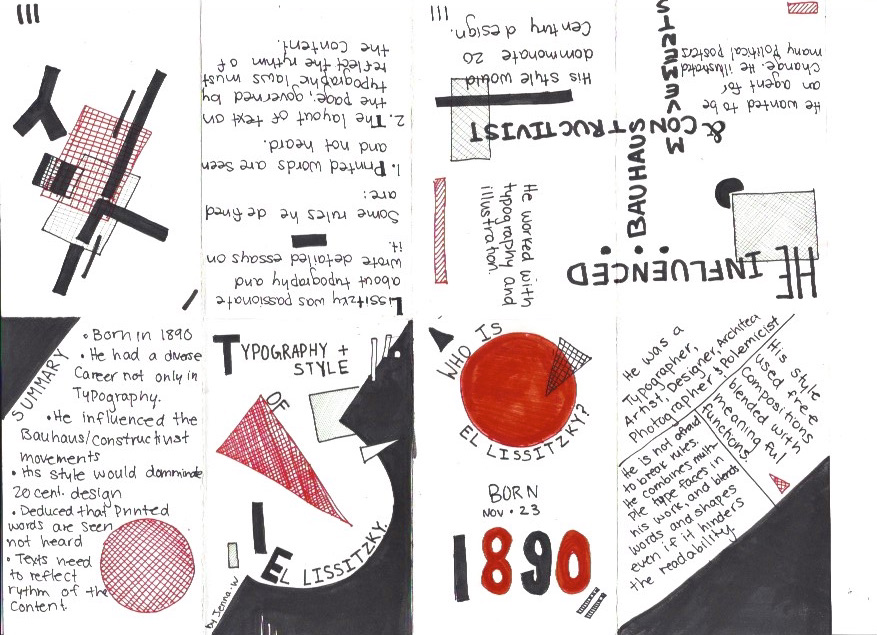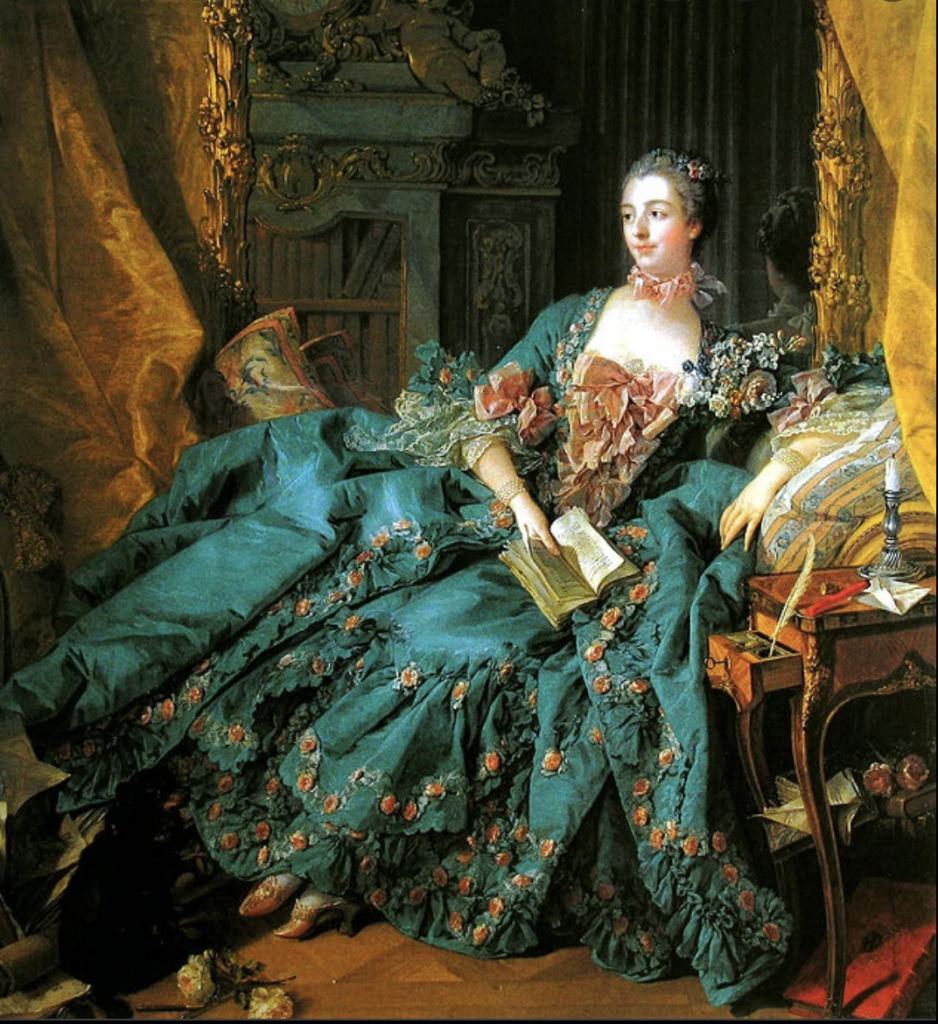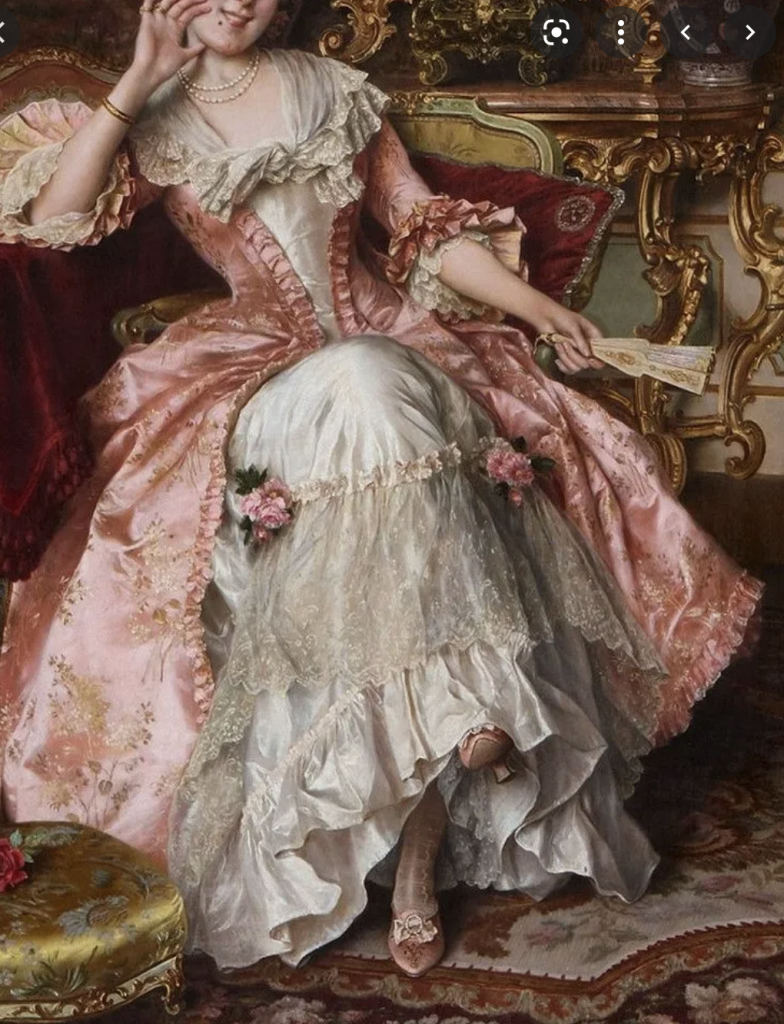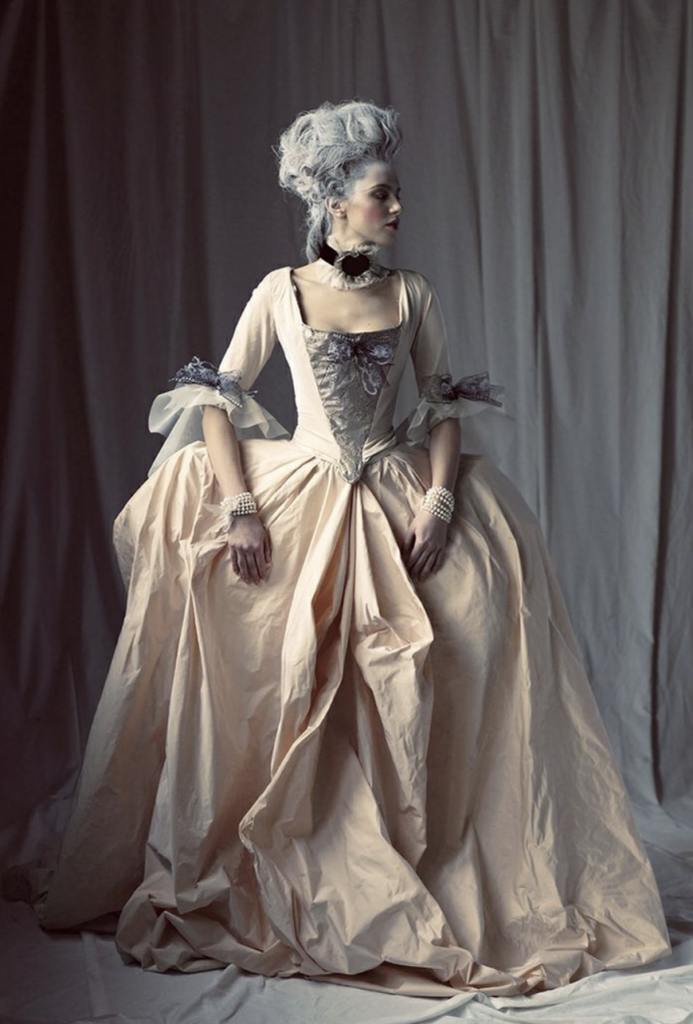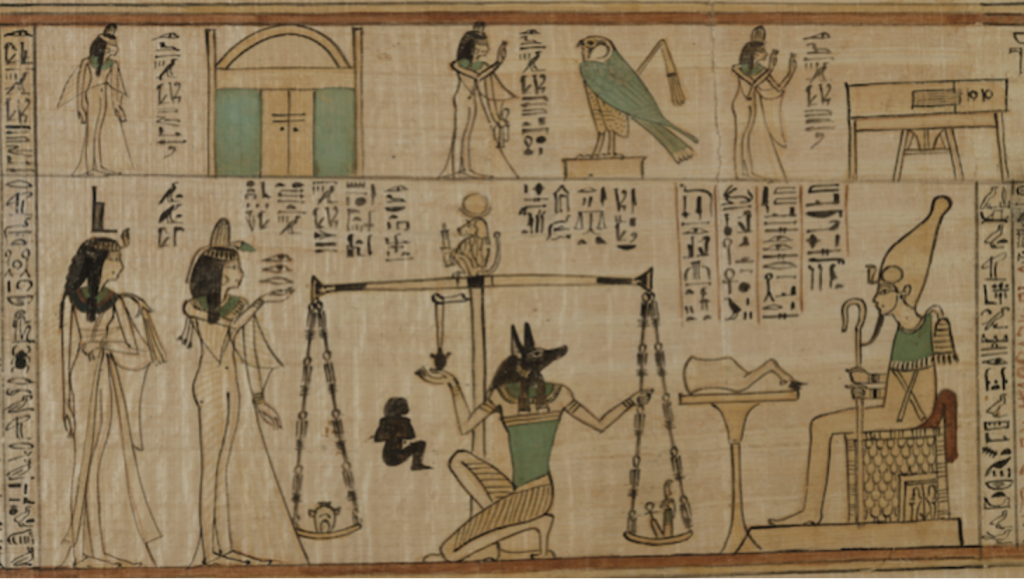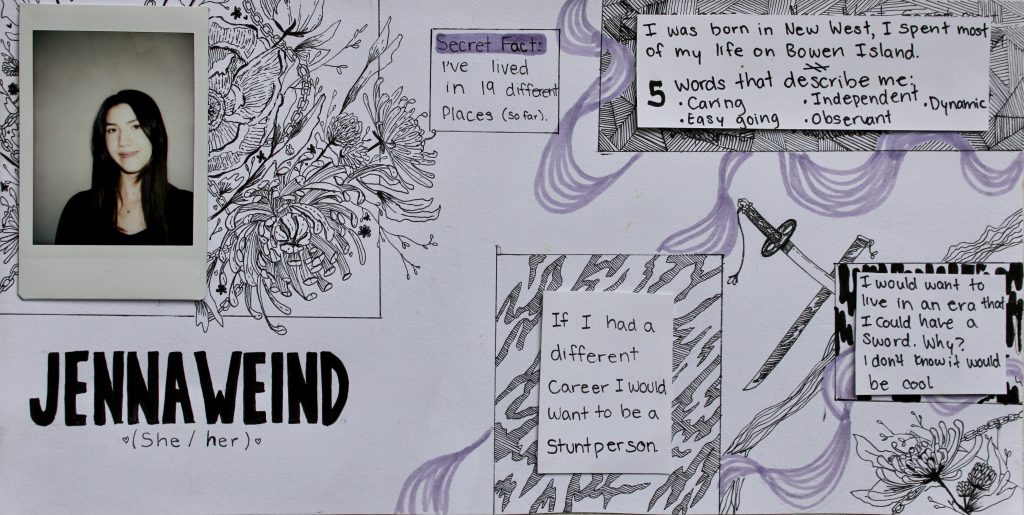Known for their flamboyant and elegant style George Barbier is an amazing French illustrator.
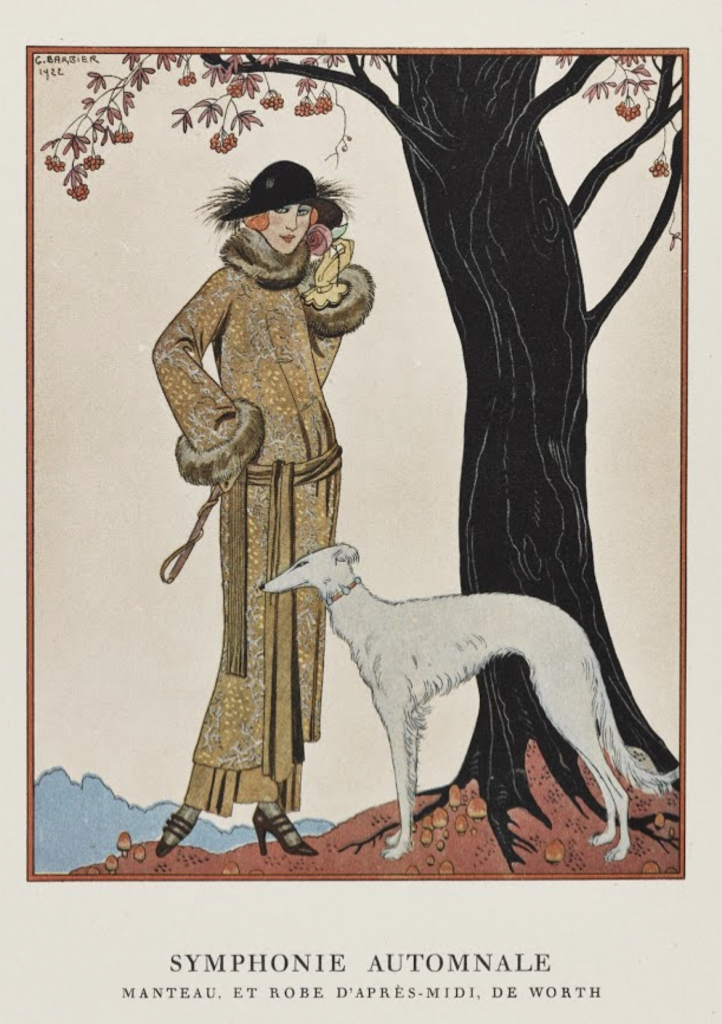
Barbier was born on October 16th, 1882 in France. He had a very successful career at an early age. He had his first show at age 29 in 1911 (Wikiart, 2021). This show offered him great exposure and his commissions began to fly in following his show. His work often depicted illustrations of costumes and fashion. He would create illustrations with posed models and clothing such as the one below:

The subject matter varied but it typically included women in fashionable attire and/or costumes. It is very embellished with details in the clothing, often showing patterns of folds in the fabric. His style reminds me a lot of Japanese ukiyo-e prints. He also uses the flat perspective and colors that are evident in the Japanese counterparts. His work usually doesn’t have an elaborate background and focuses attention on the figures or elements in the foreground. Even his posing of some women such as this one below, heavily resembles those of Ukiyo-e Prints. I think it’s very interesting to see how different artistic elements can show up in work from all around the world. Since I’ve learned about Ukiyo-e prints I can now identify similar elements in other work. I would’ve been able to see these similarities without learning about them in this course.
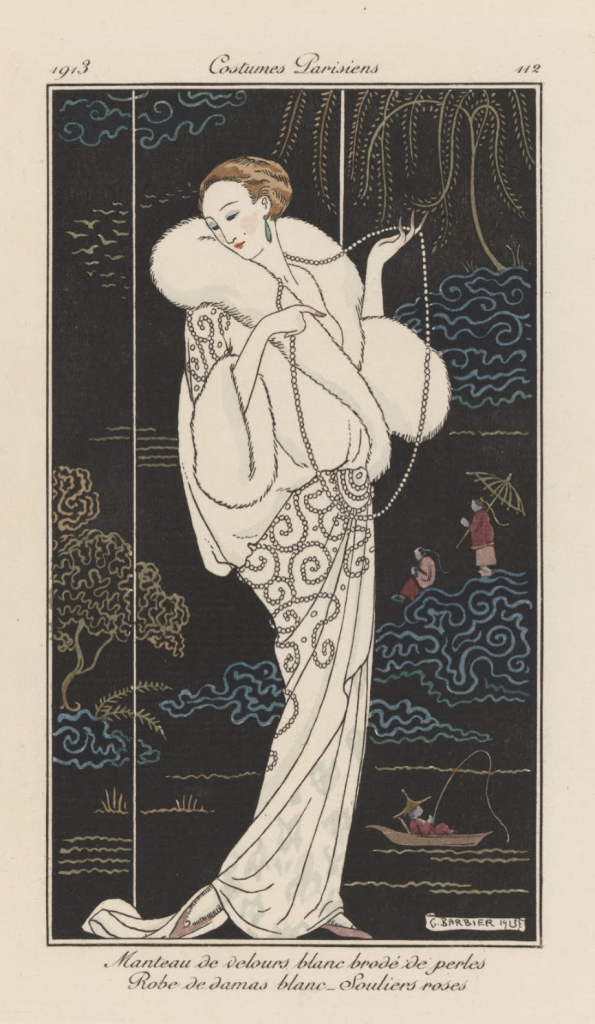
Barbier didn’t exclusively draw fashion but as his career developed he explored wallpaper, jewelry, and glass designing as well. He was also regularly featured in the L’Illustration which contributed to his success. He is called one of the most influential french illustrators of his time (Google Arts & Culture, 2021).
I thoroughly enjoyed his work. I love the expression that he’s able to create in his work through posing and composition. The character and personality of his subjects shine through his work.
Works cited:
Google Arts & Culture. 2021. George Barbier – Google Arts & Culture. [online] Available at: <https://artsandculture.google.com/entity/george-barbier/m0m7c4?hl=en> [Accessed 10 December 2021].
Wikiart. 2021. George Barbier – 21 artworks – illustration. [online] Available at: <https://www.wikiart.org/en/george-barbier> [Accessed 10 December 2021].
Images from
https://artsandculture.google.com/entity/george-barbier/m0m7c4?hl=en
